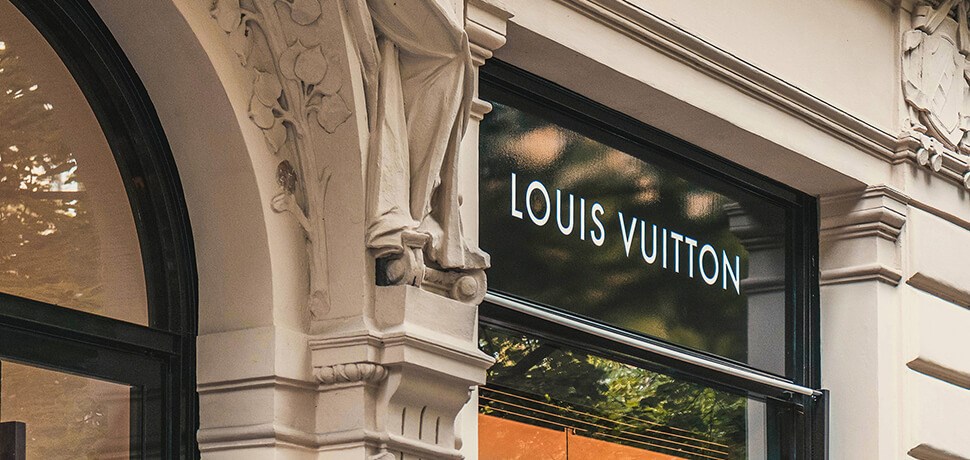
However, the group’s outlook for the rest of the year was the focus of the result. Management's commentary on the level of recovery in China – a key concern for many - surprised positively and suggests that demand for the group’s high-end items remains strong despite the Covid-19 outbreak.
LVMH reported its Q1 sales on 16 April. Sales declined in line with expectations. However, the group’s outlook for the rest of the year was the focus of the result. Management's commentary on the level of recovery in China – a key concern for many - surprised positively and suggests that demand for the group’s high-end items remains strong despite the Covid-19 outbreak.
The results came in better than expected with organic sales -17% year-on-year (y/y) vs expectations -18%, driven by the Fashion & Leather Goods (F&LG) division - the group’s largest and most profitable division. Despite the small beat, Q1 sales were of a lesser focus due to the likely deceleration in Q2 due to the Covid-19 outbreak globally.
F&LG reported a sales decline of 10% (vs expectations -15%). Wines & Spirits was -14% y/y (vs expectations -12%). Selective retailing fell -26% (vs expectations -24%) dragged down by DFS. Watches & Jewellery dropped -26% (vs expectations -24%) with the jewellery category underperforming given its retail exposure, but now watches are said to be weakening due to retailers de-stocking. Perfumes & Cosmetics declined -19% (vs expectations -13%).